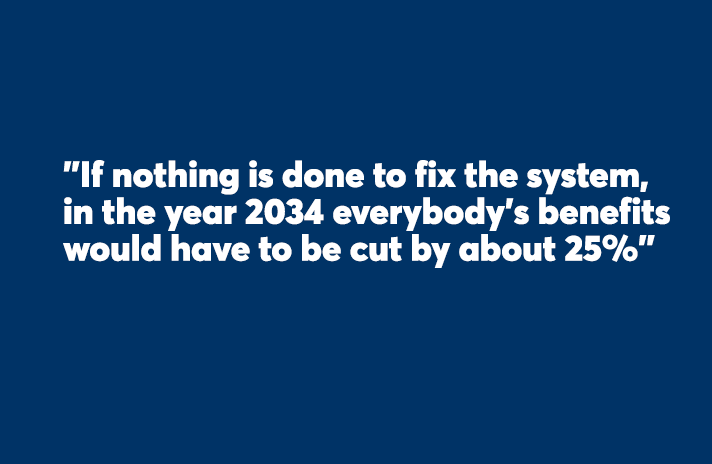
Over the last several months, we published dozens of stories including insight from advisors and analysts on Social Security planning tips and strategies. Some of these include insight related to long-term funding issues, clients working abroad, evaluating the impact of taxes as well as tips for dealing with Gen X and millennial clients.
Click through the following slideshow for 10 Social Security tips to better navigate the landscape ahead.

Tips for claiming spousal benefits
In order to claim a spousal benefit (50% of the working spouse’s primary insurance amount), whether as a current spouse or a divorced spouse, recipients must be both entitled and eligible for the benefit, according to Michael Kitces. One requirement advisors must consider is that a divorcee can only have ex-spouse’s spousal benefits as long as the divorcee remains unmarried, he writes. If the divorcee gets remarried, the ex’s spousal benefits will stop.
Read more:

The importance of efficient filing strategies
Clients are easily be misled by well-intentioned but uninformed SSA staff assistance, Norr writes.
Advisors must provide a thorough evaluation of their clients’ planning options to find the best strategy. Some tips include never letting your client file for Social Security benefits on their own, prepare to provide them with a backup option and watch for any conflicts with Medicare.

Changes to prevent a worst case scenario in Social Security
Misconceptions around Social Security have been a part of societal norms for decades. Just to name a couple: The program will be overwhelmed as nearly 10,000 baby boomers retire every day. In this podcast, Brian Doherty, the former CEO of Key Investments and author of “Getting Paid to Wait,” explained some possible changes that could fix the program and what he considers a worst case scenario: political gridlock that could result in long-term funding issues.
One step the government can take is to increase the tax by 1.3 percentage points, “that in itself would shore up the system for the next 75 to 100 years – no benefit cuts,” Doherty says.
Podcast:

How maximizing deductions can backfire for the self-employed
“Paying as little as possible is a national pastime,” says Tom Fredrickson, a planner for Fredrickson Financial Planning. “In some cases, the strategy can backfire in terms of the Social Security income you’ll receive in return.”
For instance, every dollar made by the self-employed, after business-related deductions, is subject to a 15.3 % tax on Medicare and Social Security benefits.
Read more:

Why springing early to withdraw isn't necessarily a bad thing
There are two primary instances where drawing early can benefit clients, according to Bobby Feldman, managing director and partner at Snowden Lane in Pittsburgh. First, client lifespans aren't guaranteed. Most retirees know the future can be uncertain, so why should they think of retirement any differently?
Second, clients are more likely to use the money more now, argues Feldman. Leisure funds are generally spent more liberally during early retirement. As they age, clients will naturally slow down and have lower expenses.
It's important to consider the value of a client's life, more than merely digits in an account, Feldman says.
Read more:

How working abroad can cause Social Security trouble
While it's great that the foreign earned income exclusion means Americans abroad won't pay income taxes on their first $101,300, it only applies to federal income tax — not Medicare, self-employment taxes or Social Security. Advisors working with expatriate clients should be careful to ask them the right questions.
Read more:

Give clients the option to take a Social Security mulligan
There are two big caveats, however: That window of opportunity is only the first 12 months after initially filing for benefits and they must pay back all the money they received up to that point.
This option can be particularly helpful for clients where a higher-earning spouse found a job after retiring. If they can delay their benefits as long as possible, they can wind up with a higher spousal benefit and survivor benefit. That said, requesting a mulligan really should be carefully considered first.
Read more:

Mitigating clients' behavioral biases about Social Security
Advisors need to be wary of psychological biases that can sway theirclients’ decision-making, according to two experts on Financial Planning's "How to guide clients on optimizing their Social Security benefits webinar." Especially when it comes to pushing clients to wait until full retirement age.
Read more:

Fixing Social Security
It looks like it will still be around for a long time, Brian Doherty says. " Still, its long-term function may be in quite a bit of trouble.
The solution is straightforward but not easy to undertake.
Read more:





